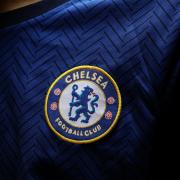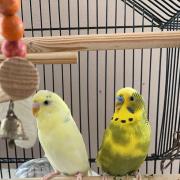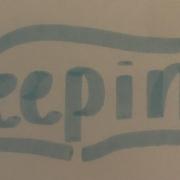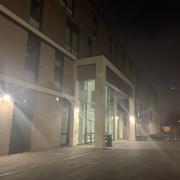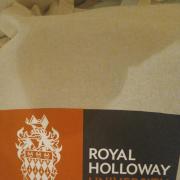
Halloween. The day many happily stockpile mountains of sweets; either through beloved trick or treating or in awaited anticipation for the gleeful knocks and rings at the door! This annual event has been selected, by many, a day for self-indulgences. Recently, it has become popular to give to the less fortunate on this mysteriously alluring day. In the liturgical year, the 31st is named the 'Vigil of All Saints'. The day commemorates all those who have attained the beatific vision in Heaven.
Halloween's origin dates back to the ancient Celtic festival of Samhain-it marked the end of the harvest season and the beginning of the 'darker half'. This invokes many to show appreciation of life by hosting/attending fundraising activities such as haunted houses, pumpkin picking and fancy dress parties. On the 26th of October, a 2k family fun run was hosted in Dapdune Wharf ( participants ran around the haunted wharf and island.) Few are aware of Halloweens interesting past and traditions. We all have heard of trick or treating, however, did you know it transitioned from 'Candy Day' (goodwill and friendship were expressed through the giving and receiving of sweets.)It was originally the second Saturday of October and according to candy historian Beth Kimmerle, ' the desire for sugar in the fall is an instinctual part of the human psyche.' No wonder it was looked forward too.
There are also negative connotations for Halloween such as tricks, occult rituals and the introduction of evil to young children, who are often excluded from frightening scenarios. An example includes a psychologist, Cindy Dell Clark, observed children aged 6-7 cowering in fear due to haunted displays. The commonly associated orange and black( often worn) are colours of death.
In conclusion, Halloween should remind all to give generously to those in dire need. This will continue to keep this spooky day appreciated and shared. By Sarah Holmes De Abreu



